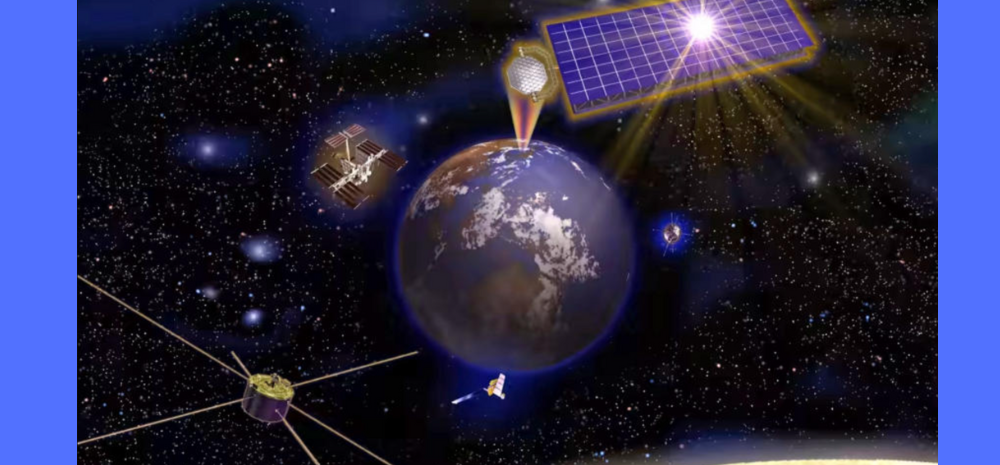Countries worldwide appear to be competing to establish solar power plants in space and transmit energy back to Earth. The United Kingdom and China have already expressed interest in developing this technology, and now Japan has joined the trend.

Why do we do of Solar Power Plants in Space?
One might wonder why there is a focus on constructing solar power plants in space when it would be cheaper and more practical to build them on Earth. Indeed, constructing a solar power plant on Earth is more cost-effective and feasible. However, there are certain advantages associated with building such plants in space.
The Space Energy Initiative, a UK-based organization, proposed the idea of a space-based plant to transmit energy from space, emphasizing that a plant of similar size in space would generate significantly more electricity than one on Earth. According to their calculations, if there were two plants of the same size—one in the UK on Earth and one in space—the space-based plant would produce more than 13 times the amount of energy.
Another advantage is that a space-based power plant would not encounter intermittent power generation issues. In space, the Sun would continuously shine on the plant, ensuring a constant energy supply. On Earth, solar plants are dependent on sunlight, which is not always available. To mitigate this, solar energy plants on Earth need to be accompanied by battery storage systems to compensate for power loss during unfavourable weather conditions.
Japan’s plans to build a solar power plant in space
According to Nikkei, a Japanese public-private partnership intends to deploy solar panels in space, positioned at an altitude of 36,000 kilometers above Earth. The generated solar power will be converted into microwave radiation and transmitted to ground-based receiving stations.
The Japanese research group leading this project has been working on the technology since the 1980s and achieved the world’s first successful transmission of power in space using microwaves. In 2015 and 2018, they conducted microwave power transmission experiments horizontally and vertically over a distance of 50 meters. The next step involves vertical transmission over distances ranging from 1 kilometer to 5 kilometers.
By 2025, the group plans to conduct an experiment to test the transmission of power from outer space to the ground using small satellites. These satellites will send power to ground-based receiving stations located hundreds of kilometers away.
A similar endeavor is underway in the United Kingdom, where more than 50 British organizations, including Airbus, Cambridge University, and satellite maker SSTL, have joined the UK Space Energy Initiative to develop this technology. The initiative aims to have a demonstrator plant in orbit as early as 2035.
Meanwhile, China has its own plans in motion, with a goal to launch a solar power plant in space by 2028, as reported by the South China Morning Post. However, the Chinese satellite will be positioned at an altitude of 400 kilometers.














